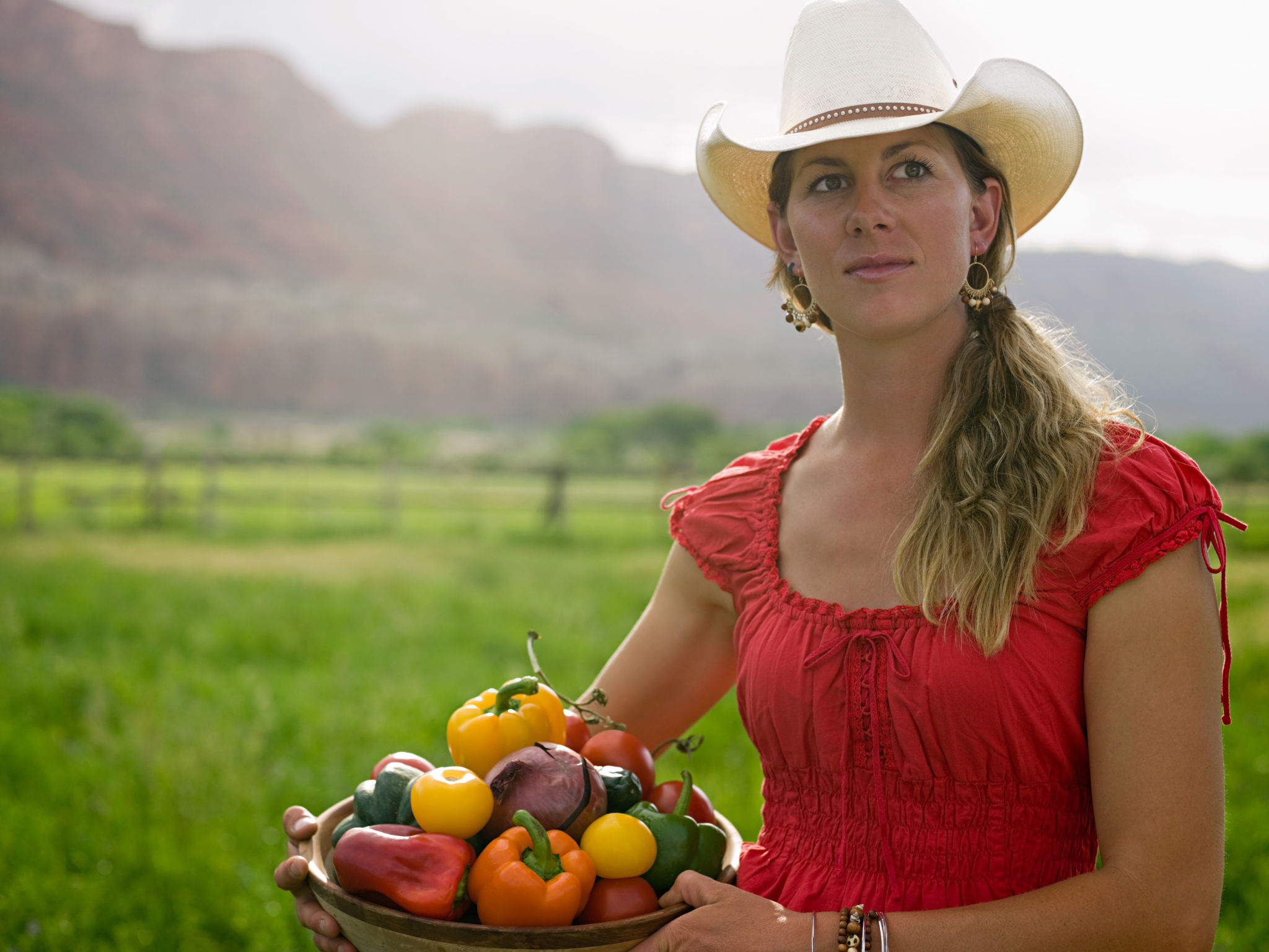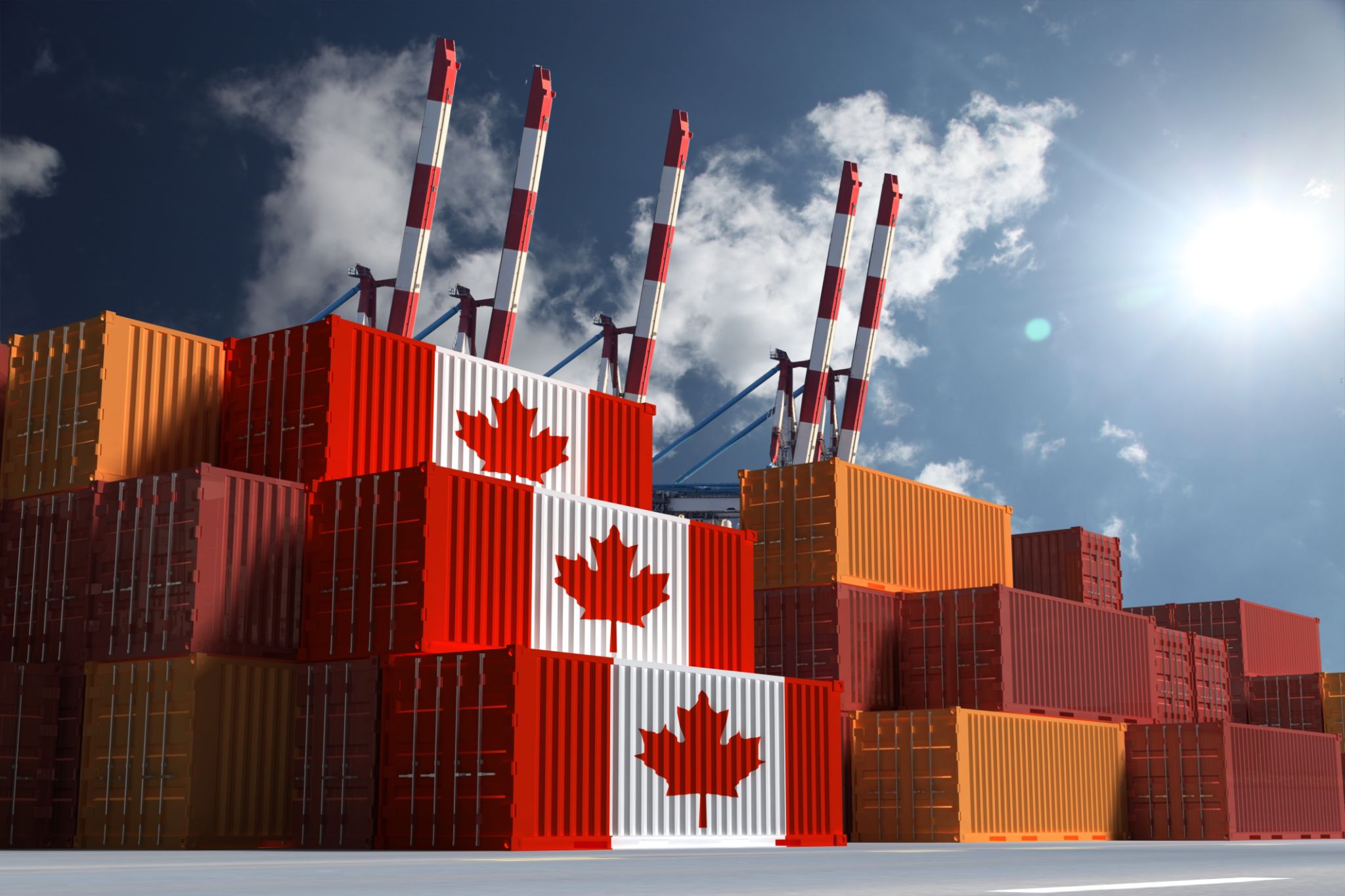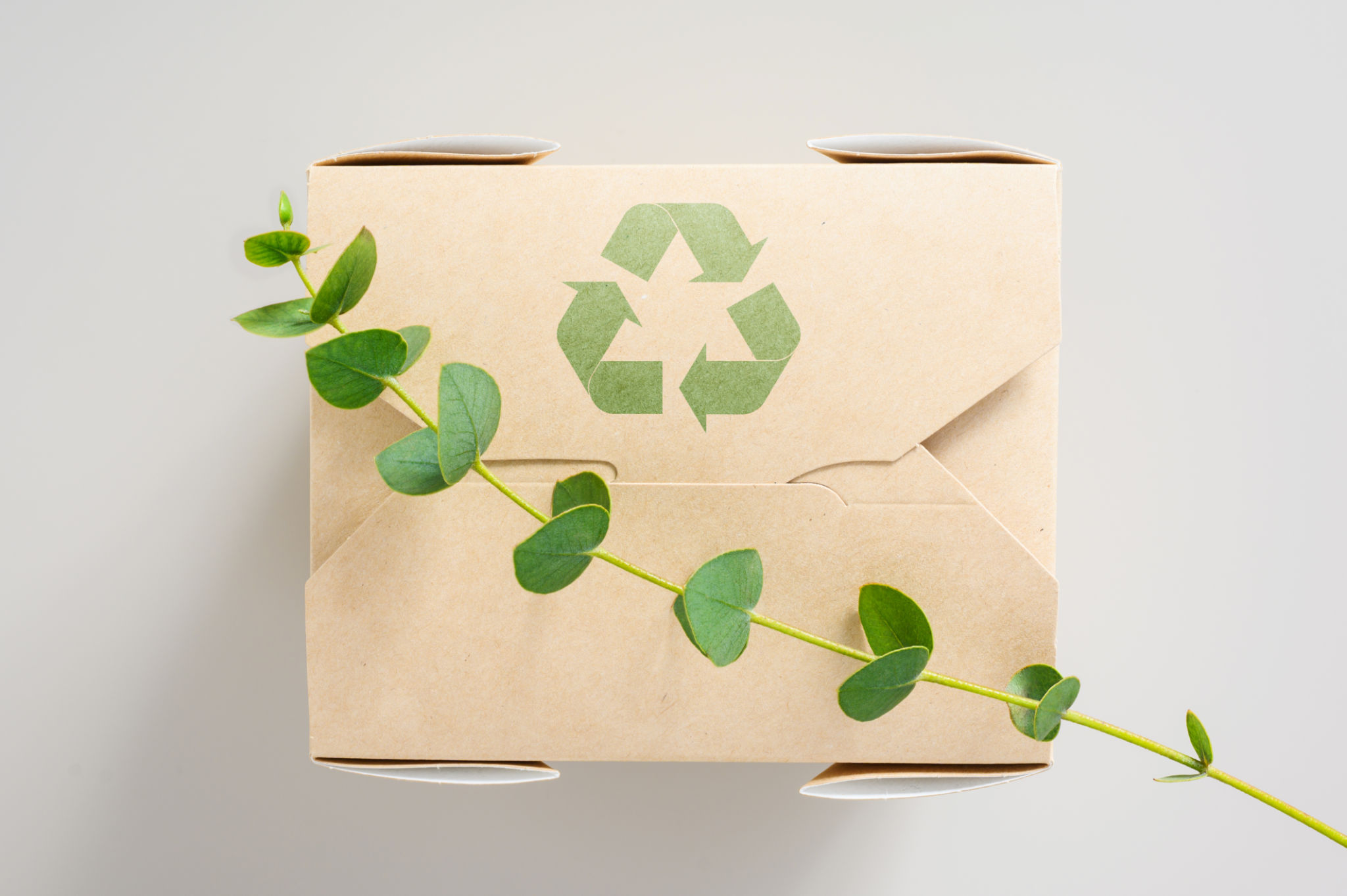How to Choose the Best Shipping Containers for Fresh Produce
Understanding the Importance of Shipping Containers for Fresh Produce
When it comes to transporting fresh produce, choosing the right shipping container is crucial. The wrong choice can lead to spoilage, loss of quality, and decreased shelf life, which ultimately impacts your bottom line. Selecting the best containers ensures that produce remains fresh from farm to table, maintaining its nutritional value and appeal to consumers.

Factors to Consider When Choosing Shipping Containers
Several factors need to be considered when selecting shipping containers for fresh produce. These include the type of produce being transported, the distance and duration of transport, and specific storage requirements such as temperature and humidity control. Understanding these factors helps in selecting containers that provide optimal conditions for preserving freshness.
Another consideration is the material of the container. Options range from plastic and cardboard to more durable materials like metal. Each has its advantages and disadvantages depending on the type of produce and transportation method. For example, plastic containers are lightweight and reusable, while metal containers offer enhanced durability.

Temperature and Humidity Control
Maintaining the right temperature and humidity levels is essential for preserving the quality of fresh produce during shipping. Some containers come equipped with advanced features such as insulation or refrigeration capabilities. These are particularly useful for long-distance transport or when dealing with temperature-sensitive products like berries or leafy greens.
For produce that requires specific humidity levels, consider containers that offer ventilation or moisture control features. This helps in preventing mold growth and dehydration, ensuring that the produce arrives in perfect condition.

Size and Capacity Considerations
The size and capacity of shipping containers should align with your logistical needs. Smaller containers may be more suitable for niche markets or small-scale operations, while bulk shipments benefit from larger containers that maximize load efficiency. It's essential to balance the need for sufficient capacity with the ease of handling and transportation.
Your choice should also consider the container's design regarding stacking and space optimization within transport vehicles. Efficient design not only saves space but also reduces transportation costs by allowing more produce to be shipped in a single trip.
Cost-Effectiveness
While selecting the best shipping container for fresh produce, cost considerations cannot be overlooked. It's important to evaluate the initial investment versus the long-term benefits. Reusable containers might have a higher upfront cost but can offer savings over time due to their durability and reduced need for replacements.
Additionally, consider the cost implications of potential spoilage and how investing in quality containers could mitigate these risks. Often, spending a little more upfront on superior containers can result in significant savings by reducing waste and ensuring customer satisfaction.
Environmental Impact
As sustainability becomes a growing concern in all industries, it's worth considering the environmental impact of your shipping container choices. Opting for recyclable or biodegradable materials is a positive step toward reducing your carbon footprint. Some suppliers offer eco-friendly solutions that do not compromise on performance.

In conclusion, selecting the best shipping containers for fresh produce involves evaluating numerous factors, including material, size, cost, temperature control, and environmental impact. By carefully considering these aspects, you can ensure that your fresh produce reaches consumers in optimal condition, supporting both your business goals and environmental responsibility.
